
OR
NRB to supply new bank notes on other festivals too
Published On: November 12, 2018 02:00 PM NPT
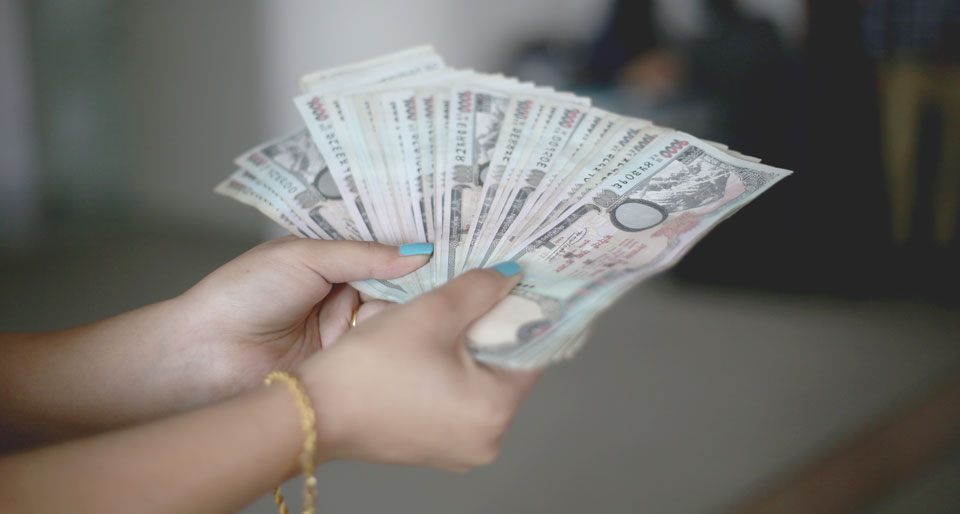
KATHMANDU, Nov 12: Nepal Rastra Bank (NRB) is to implement the inclusive rule in exchanging the new bank notes.
The central bank, which had been providing the facility of exchanging new notes in large quantity only during the Bada Dashain period before this, is to extend this facility on the occasion of festivals of other indigenous nationalities and linguistic communities also.
NRB’s Currency Management Division stated that the facility of exchanging new notes for old ones would be provided on the occasion of the various festivals celebrated by the people of many castes and ethnicities and linguistic groups living in different parts of the country as well as on the National Day.
According to the Division, the old notes can be exchanged for new ones on the occasion of the occasion of the festivals and National Days as the New Year, Ubhauli Parba, Buddha Jayanti, Gaijatra, Gaura Parba, Haritalika, Constitution Day, Republic Day, Indra Jatra, Jitiya Parba, Tihar, Chhath, Phalgunanda Jayanti, Guru Nanak Jayanti, Udhauli Parba, Yomari Punhi (Jyapu Diwas), Christmas, Lhosar, Maghi Patba, Maha Shivaratri, Phalgu Poornima, Ghodejatra, Eid etc.
The new notes could be taken in pace of old ones from the NRB Office at Thapathali in Kathmandu and the NRB offices in Biratnagar, Janakpur, Birgunj, Pokhara, Siddharthanagar, Nepalgunj and Dhangadhi. RSS
You May Like This
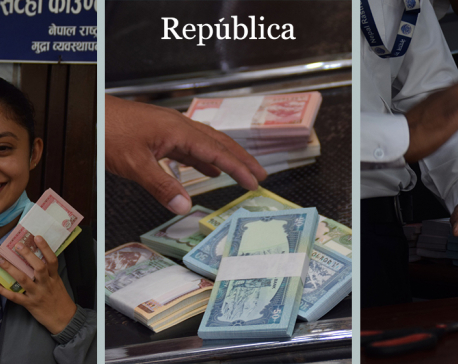
New notes worth Rs 22 billion exchanged for Dashain
KATHMANDU, Oct 3: Nepal Rastra Bank (NRB) has sent new notes worth Rs 22 billion into the banking system for... Read More...
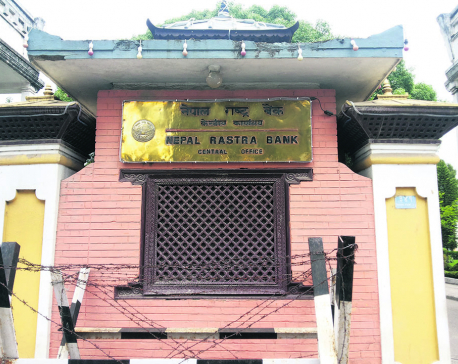
No new notes for Dashain: NRB
KATHMANDU, Oct 11: Amid fears of COVID-19, Nepal Rastra Bank has decided to not provide new notes for Dashain this... Read More...

NRB lowers forex limit for foreign-bound workers to $200
KATHMANDU, Jan 23: The Nepal Rastra Bank (NRB) has lowered the limit for purchase of US dollars for Nepalis going... Read More...

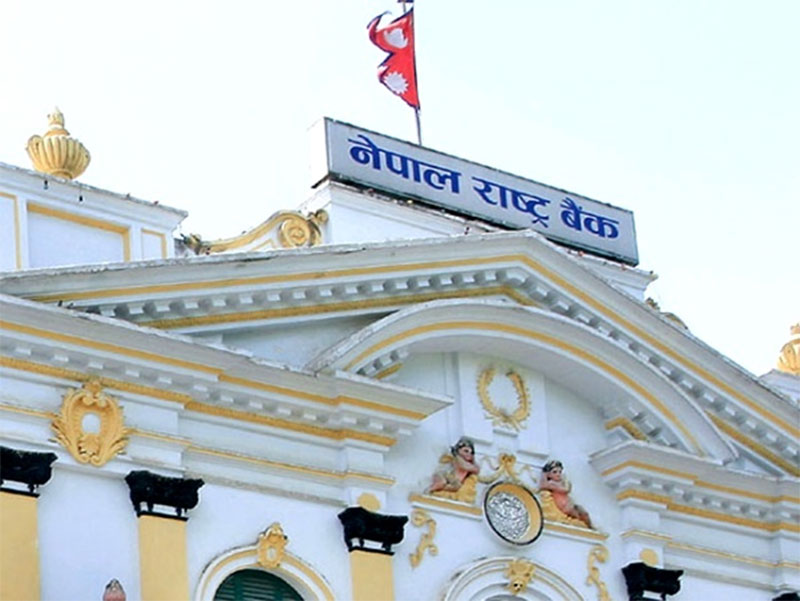
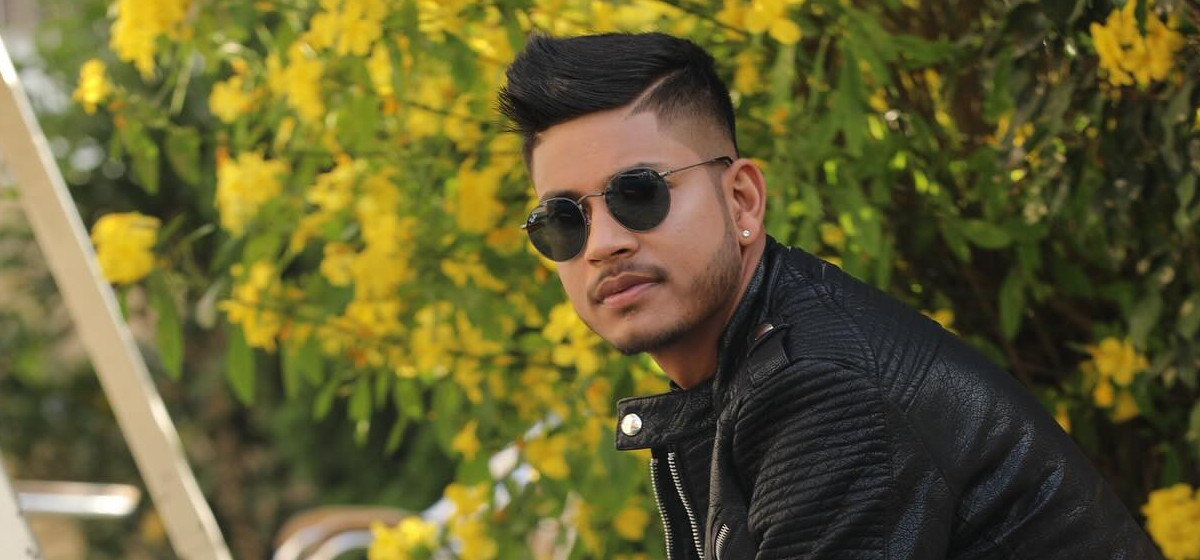

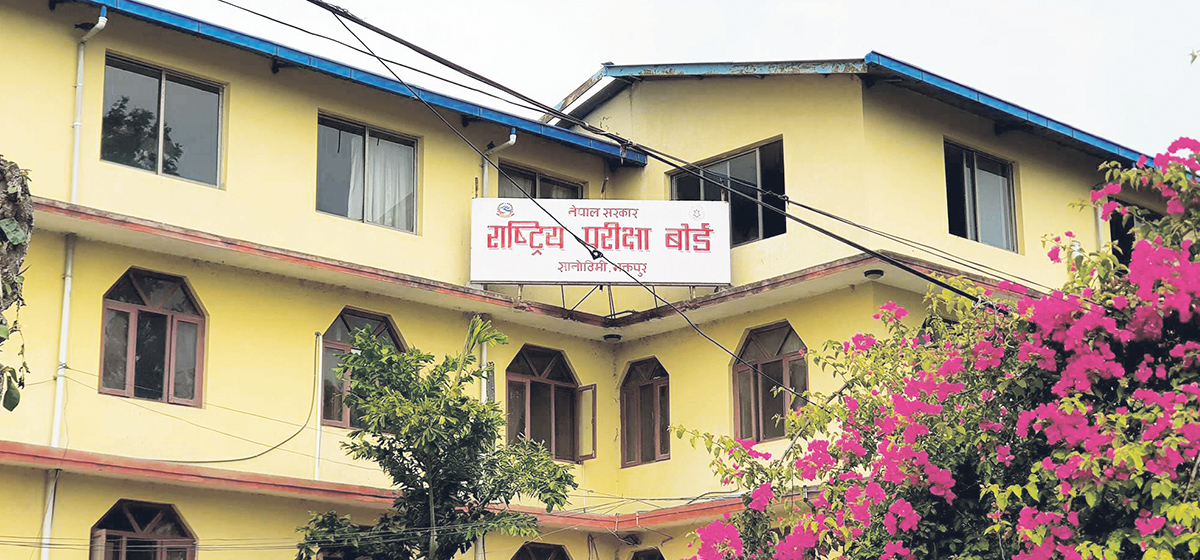

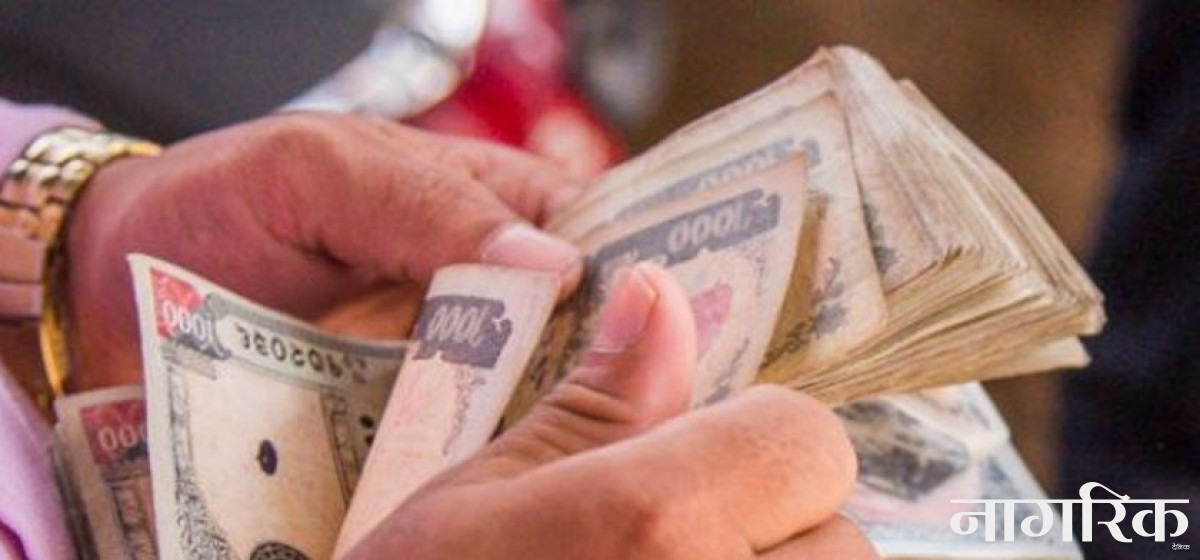
Just In
- NRB to provide collateral-free loans to foreign employment seekers
- NEB to publish Grade 12 results next week
- Body handover begins; Relatives remain dissatisfied with insurance, compensation amount
- NC defers its plan to join Koshi govt
- NRB to review microfinance loan interest rate
- 134 dead in floods and landslides since onset of monsoon this year
- Mahakali Irrigation Project sees only 22 percent physical progress in 18 years
- Singapore now holds world's most powerful passport; Nepal stays at 98th



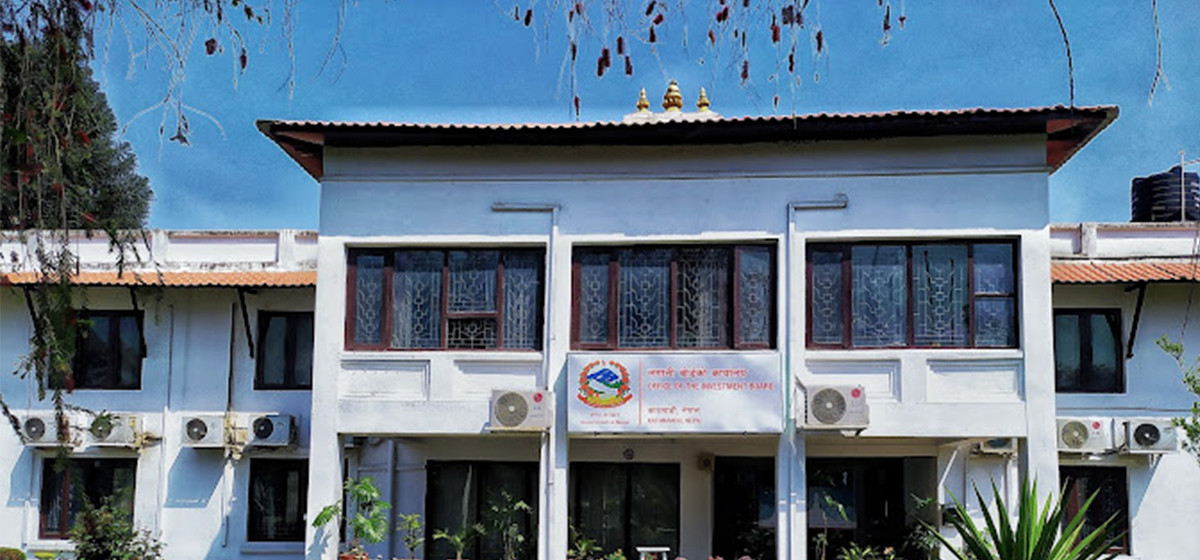


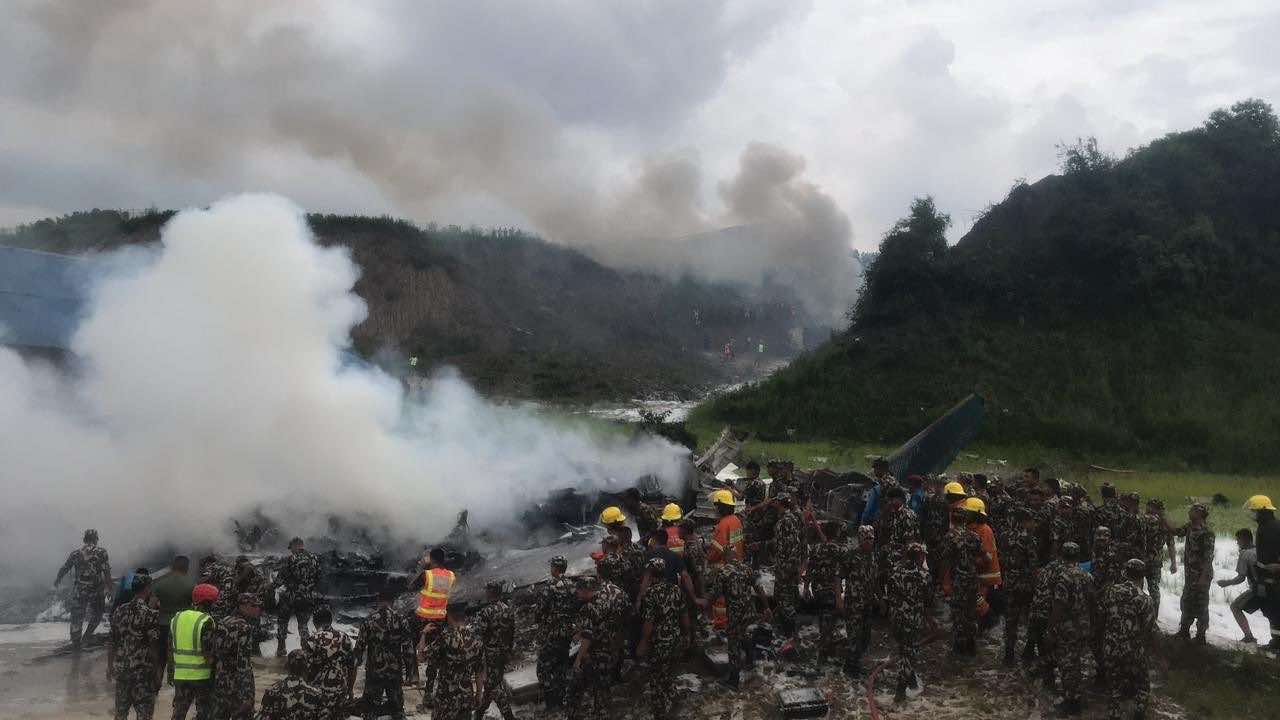
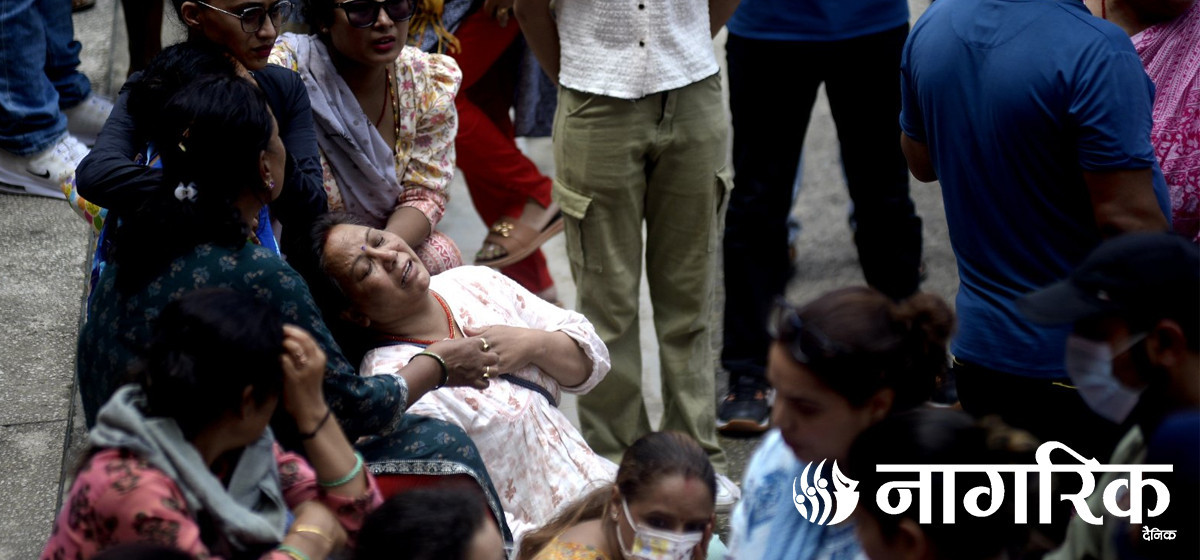

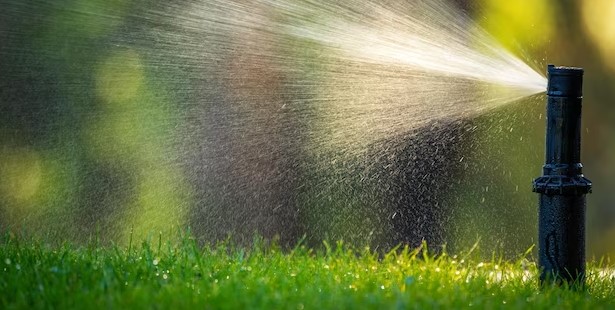
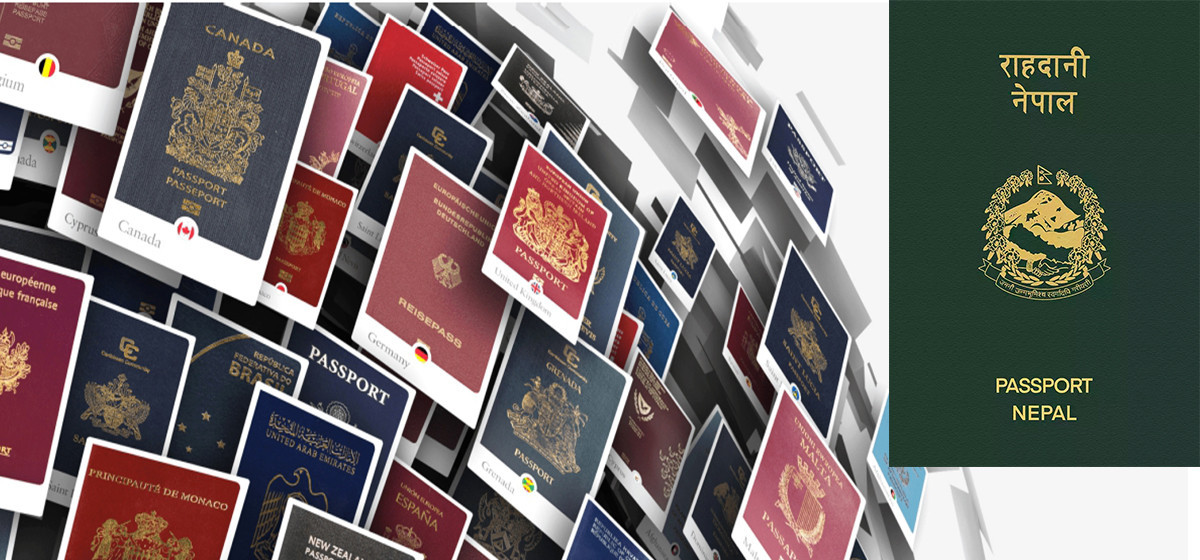
Leave A Comment